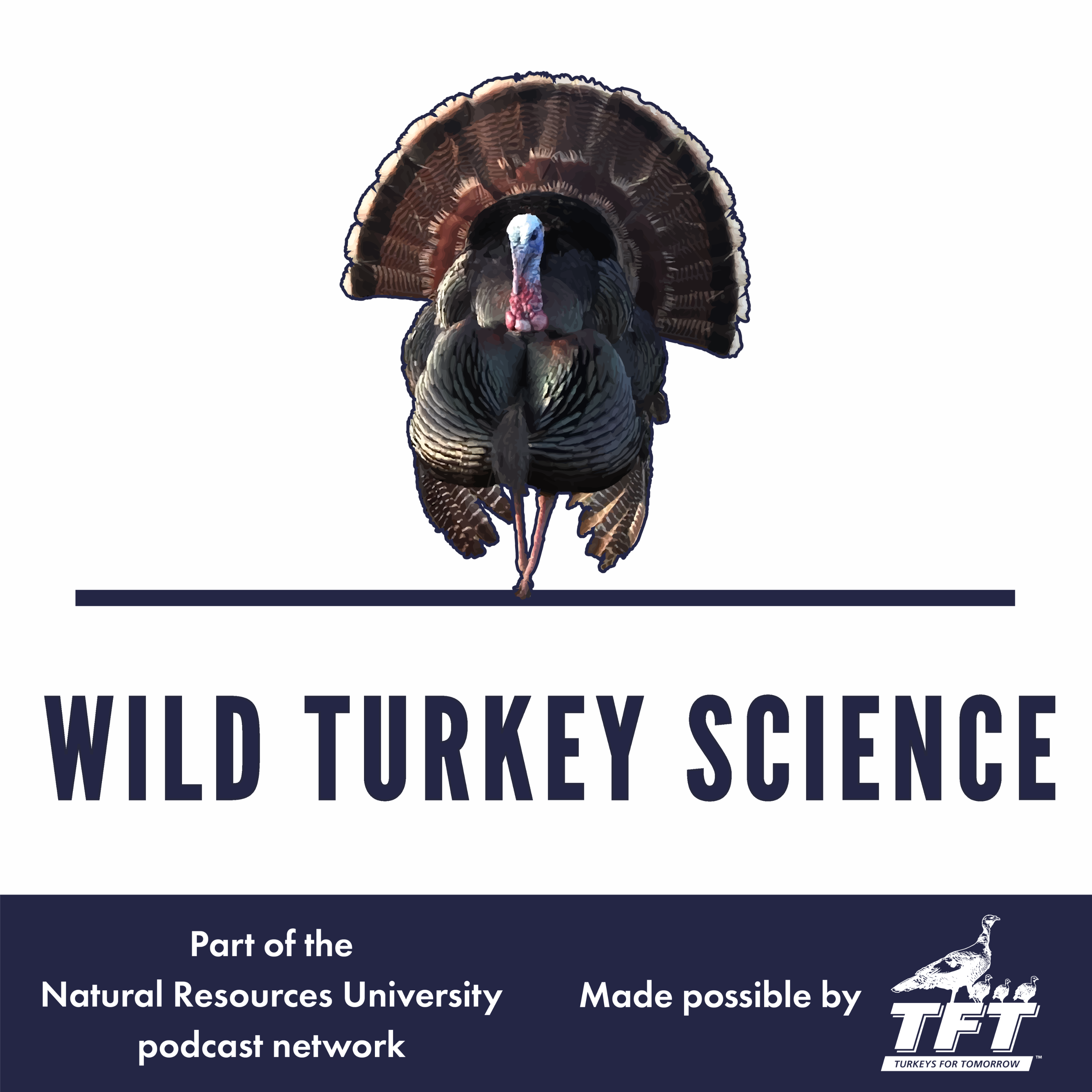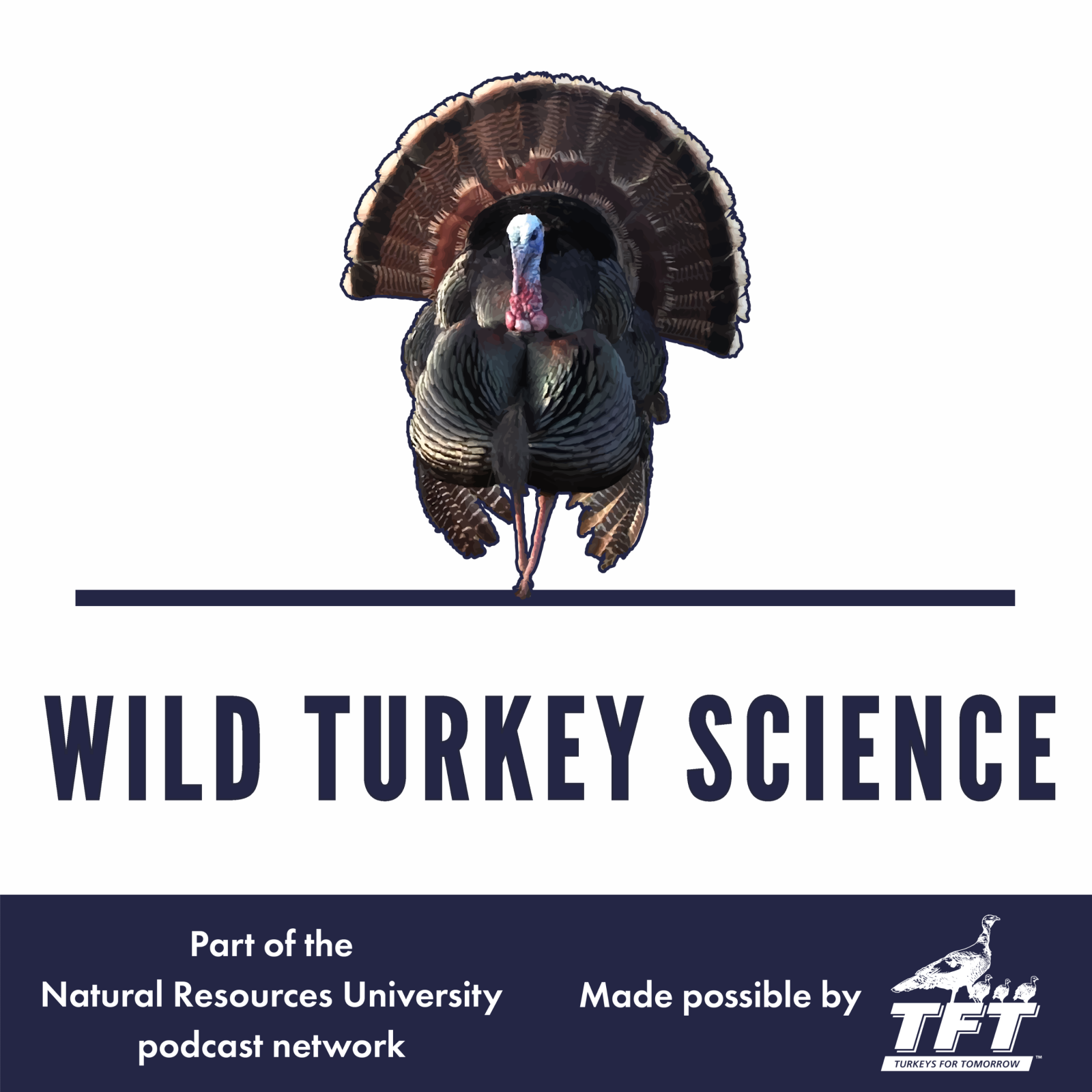Will and Marcus discuss why they and other biologists are more likely to endorse habitat management, versus predator control, to increase turkey populations. They also cover a study showing trapping can effectively reduce raccoon populations by up to 90% and discuss why that may or may not translate into more turkeys on the landscape.
Donate to wild turkey research: UF Turkey Donation Fund , Auburn Turkey Donation Fund
Please help us by taking our (QUICK) listener survey - Thank you!
https://ufl.qualtrics.com/jfe/form/SV_3VR10xcKOMTvZH0
Resources:
-
How effective is trapping to reduce raccoon abundance? (IG Post)
-
What does wild turkey nesting cover look like? (Video)
-
Chance et al. (2020). Vegetation characteristics influence fine-scale intensity of habitat use by wild turkey and white-tailed deer in a loblolly pine plantation. Basic and applied ecology, 43, 42-51.
-
Cohen et al. (2022). Movement, spatial ecology, and habitat selection of translocated Gould's wild turkeys. Wildlife Society Bulletin, 46(2), e1270.
-
Lazure, L., & Weladji, R. B. (2024). Methods to mitigate human–wildlife conflicts involving common mesopredators: a meta‐analysis. The Journal of Wildlife Management, 88(2), e22526.
-
Nelson et al. (2023). Age‐based shifts in habitat selection of wild turkey broods. The Journal of Wildlife Management, 87(8), e22494
-
Rosatte et al. (2001). Emergency response to raccoon rabies introduction into Ontario. Journal of Wildlife Diseases, 37(2), 265-279.
-
Rosatte et al. (2007). Raccoon density and movements after population reduction to control rabies. The Journal of Wildlife Management, 71(7), 2373-2378.
-
Palmer, William E., et al. "Effect of field borders and nest‐predator reduction on abundance of northern bobwhites." Wildlife Society Bulletin 33.4 (2005): 1398-1405.
-
Rader et al. (2011). Simulating northern bobwhite population responses to nest predation, nesting habitat, and weather in South Texas. The Journal of Wildlife Management, 75(1), 61-70.
-
Turner et al. (2024). Canopy reduction and fire seasonality effects on deer and turkey habitat in upland hardwoods. Forest Ecology and Management, 553, 121657.
-
Wightman et al. (2023). Landscape characteristics and predation risk influence spatial variation in auditory courtship of an upland game bird. Landscape Ecology, 38(5), 1221-1236.
Dr. Marcus Lashley (@DrDisturbance) (Academic Profile)
Dr. Will Gulsby (@dr_will_gulsby) (Academic Profile)
Turkeys for Tomorrow (@turkeysfortomorrow)
UF DEER Lab (@ufdeerlab) (YouTube)
Watch these podcasts on YouTube: Wild Turkey Science YouTube
Donate to wild turkey research: UF Turkey Donation Fund , Auburn Turkey Donation Fund
This podcast is made possible by Turkeys for Tomorrow, a grassroots organization dedicated to the wild turkey. To learn more about TFT, go to turkeysfortomorrow.org.
Help us help turkeys by rating this podcast and sharing it with your friends and family.
Music by Artlist.io
Produced & edited by Charlotte Nowak

